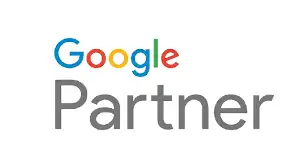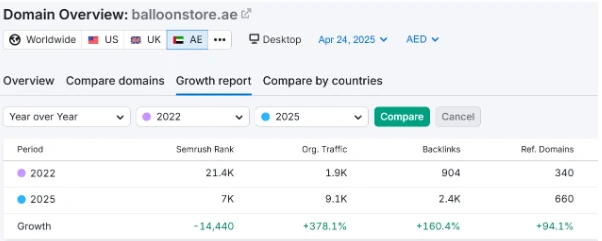
Core Web Vitals: Why Page Experience Still Impacts Your Rankings
- digitalmanqoosh
- November 14, 2025
- Uncategorized
- 0 Comments
In the ever-changing world of digital marketing, one factor remains constant — Google’s commitment to providing users with the highest-quality possible experience. While keywords, backlinks, and high-quality content remain central to SEO success, page experience— especially measured through Core Web Vitals — continues to play a crucial role in determining your search engine ranking.
Let’s break down what Core Web Vitals are, why they still matter, and how enhancing them can enhance your website’s visibility and conversions.
What Are Core Web Vitals?
Core Web Vitals are a set of unique metrics added by Google to evaluate the real-world user experience on a web page. They determine how rapidly a web page loads, how quickly it becomes interactive, and how stable the visible content is while loading.
The 3 key metrics are:
- Largest Contentful Paint (LCP) – Measures loading performance. It tracks how long it takes for the biggest seen detail to load on the screen. A good LCP score must be 2.5 seconds or less.
- First Input Delay (FID) – Measures interactivity. It calculates the time between when a person first interacts with your web page and when the browser responds. Ideally, FID ought to be below a hundred milliseconds.
- Cumulative Layout Shift (CLS) – Measures visual balance. This metric evaluates how many factors move unexpectedly while loading. A great CLS score needs to be much less than 0.1.
Although Google recently started replacing FID with Interaction to Next Paint (INP) for a broader expertise of interactivity, the aim stays the same — to make sure your website feels fast, responsive, and clean.
Why Page Experience Still Matters
Some marketers believed that Core Web Vitals lost their weight after Google shifted awareness towards AI-driven search and content updates. But right here’s the truth: page experience remains one of the foundational ranking signals.
Google’s algorithms prioritize sites that customers enjoy visiting. A website that loads immediately, feels stable, and responds smoothly continues to engage site visitors engaged reducing bounce rates and boosting time on the website. These behavioral indicators directly influence how Google perceives the value of your content material.
Furthermore, with mobile-first indexing and the rise of voice and AI search, user experience (UX) has become a key differentiator. A properly-optimized website doesn’t simply rank higher — it additionally converts better.
How Poor Web Vitals Damage Your SEO
In case your website is slow or unstable, customers leave earlier than interacting, sending a clear negative sign to search engines.
Here’s how poor Core Web Vitals can affect your performance:
- Higher Bounce Rate: Slow pages frustrate users, causing them to abandon your site instantly.
- Lower Ratings: Google rewards fast and user-friendly sites with higher visibility.
- Reduced Conversions: Even a one-second delay in load time can decrease conversions by up to 20%.
- Negative Brand Impression: A lagging website feels outdated and untrustworthy, mainly in competitive industries like real estate, digital advertising, or e-commerce.
How to Improve Your Core Web Vitals
Optimizing Core Web Vitals doesn’t require a complete website overhaul — simply centered technical enhancements.
Here’s how you may start:
- Optimize Images and Videos: Compress media files without dropping quality to improve loading speed.
- Use a Content Delivery Network (CDN): Distribute content material faster by serving it from servers towards your users.
- Minimize JavaScript and CSS: Eliminate unnecessary scripts and use lazy loading for elements that don’t need to appear immediately.
- Choose a Reliable Hosting Provider: Speedy servers ensure certain better response time and constant uptime.
- Prioritize Mobile Optimization: With maximum customers browsing through smartphones, a responsive design is non-negotiable.
- Regular Test Performance: Use tools like Google PageSpeed Insights, Lighthouse, or Search Console to track and enhance your Core Web Vitals rankings.
The Manqoosh Advantage
At Manqoosh Marketing, we understand the fact that search engine optimization isn’t pretty much key phrases — it’s approximately creating seamless digital reports that convert traffic into customers. Our SEO experts examine your website’s performance, optimize your Core Web Vitals, and enhance your page experience to make certain your emblem stands out in search results.
From technical audits to full-scale optimization, we ensure your website isn’t just seen — it’s rapid, attractive, and future-ready.
Final Thoughts
Google’s focus on page experience isn’t a passing trend — it’s a reflection of user expectations. Beyond that, websites that prioritize speed, stability, and interactivity will continue to outperform those that don’t.
So, if you need to stay competitive in organic search, it’s time to move beyond keywords and backlinks.
Optimize your Core Web Vitals — because inside the world of digital advertising, every second and each click matters.














